Scientists have discovered how optical signal transmission can be controlled, which could lead to integration of plasmonics with electronic circuits.
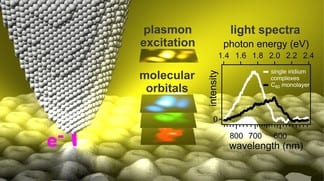

Scientists have discovered how optical signal transmission can be controlled, which could lead to integration of plasmonics with electronic circuits.

Mark G. Allen has been named the inaugural scientific director of the University of Pennsylvania’s Krishna P. Singh Center for Nanotechnology.

Researchers confine plasmons in a resonant cavity only 20 nanometers wide to precisely measure mechanical motion smaller than the size of an atom.
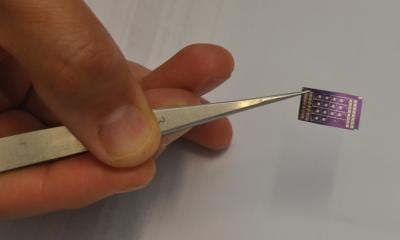
An “electronic nose” sensor being commercialized by Innovation Economy Crowd (ieCrowd), will be further refined to detect deadly pathogens.
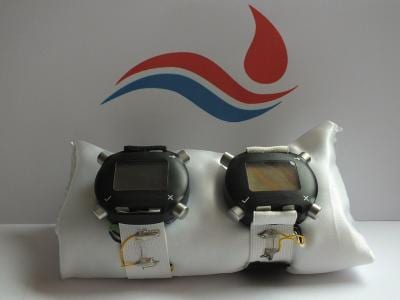
Innovative device produced by STBL Medical Research using piezoelectric fibers from Empa.
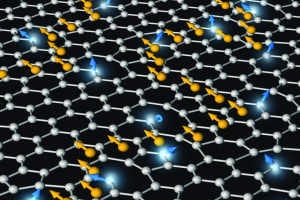
Graphene can be made magnetic and its magnetism switched on and off very simply, opening a new avenue towards electronics with very low energy consumption.
Sensor aims to detect homemade explosives made with hydrogen peroxide without false positives from substances such as toothpaste.
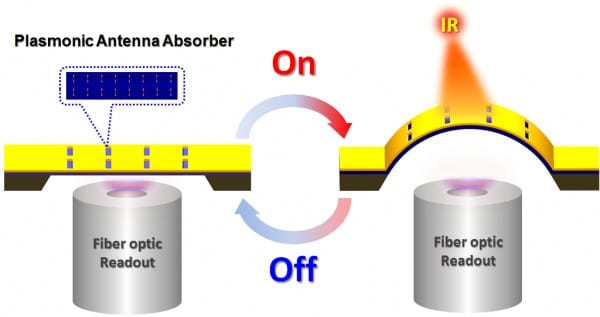
A team of University of Pennsylvania engineers has used a pattern of nanoantennas to develop a new way of turning infrared light into mechanical action.

We talk to Dr. Luc Scheres, CEO of Surfix BV, about issues with company startups, techniques in Surfix, and much more.
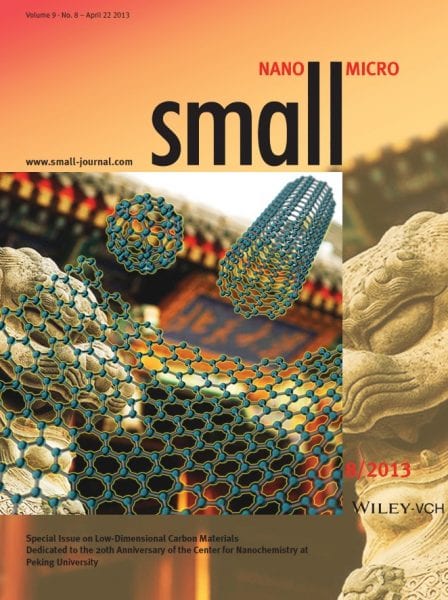
This special issue on low-dimensional carbon materials for Small is dedicated to the 20th anniversary of the Center for Nanochemistry at Peking University.